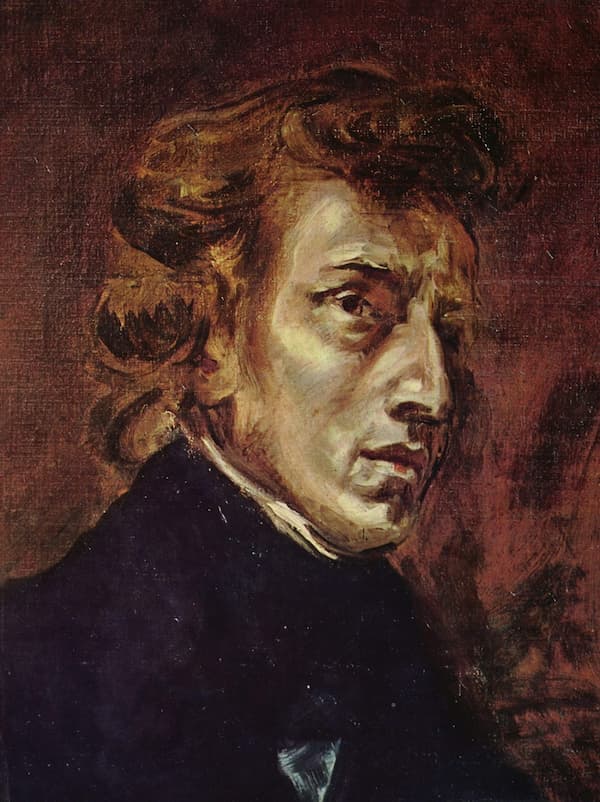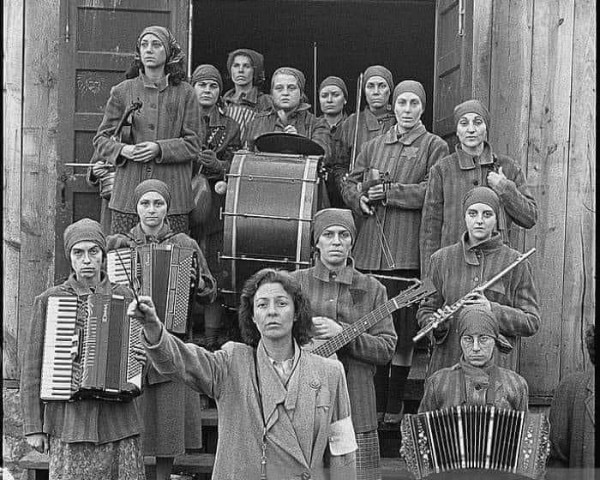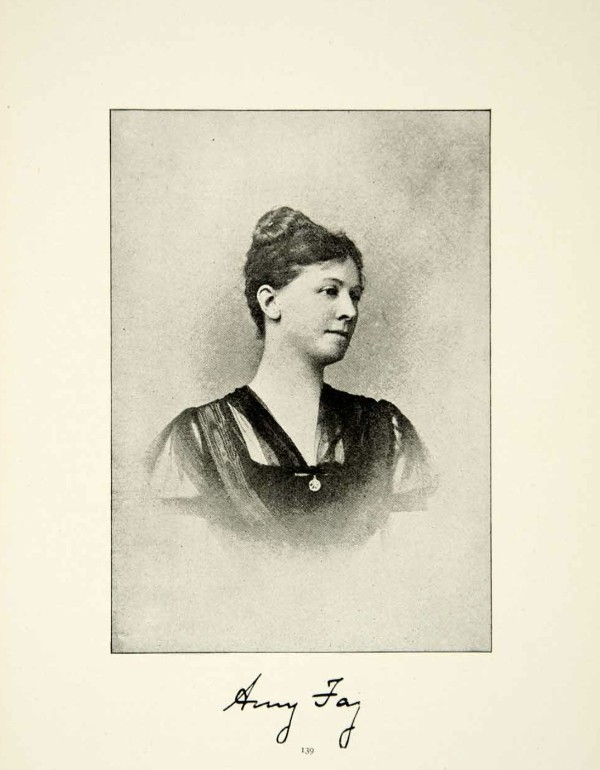Classical musicians often put music into boxes.
Sonatas and symphonies are considered Serious with a capital S, whereas waltzes and dance music are often dismissed as mere light trifles.
So it may come as a surprise to find out that Johannes Brahms, the king of serious music, and Johann Strauss II, the Waltz King, deeply admired each other’s work.
Today, we’re looking at the sweet friendship between these two men. Here are ten facts about their connection.
1. Strauss and Brahms only became close later in life.
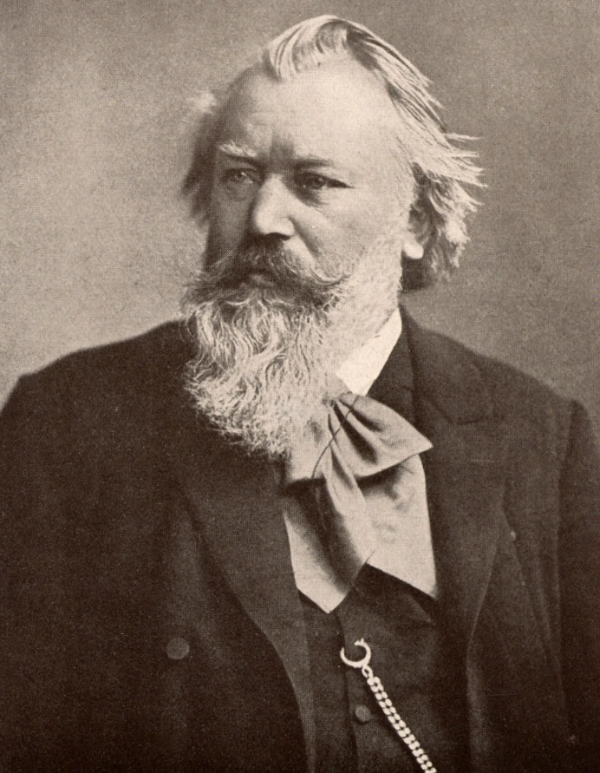
Johannes Brahms
Strauss was born in 1825, and Brahms was born in 1833.
They became friends in the early 1870s when their paths crossed in the resort town of Baden-Baden.
During these years, Brahms was spending summers nearby and working on masterpieces like his Variations on a Theme by Haydn, his third piano quartet, and his first symphony.
Brahms’s Symphony No. 1
Meanwhile, Strauss was busy conducting summer concerts in Baden.
They continued to keep in touch after returning to Vienna. However, they only really became close around 1889.
2. Brahms was a huge fan of Strauss’s work.
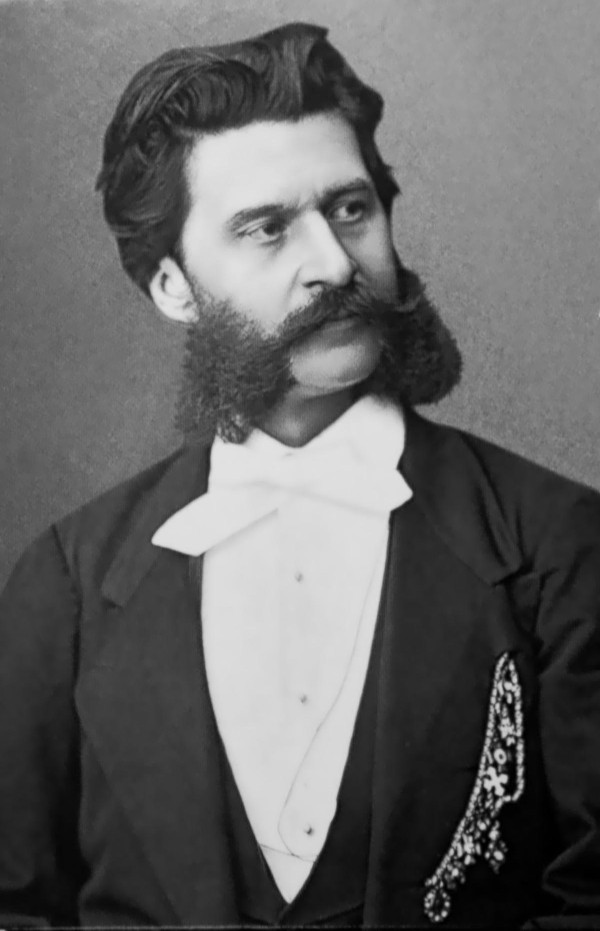
Johann Strauss II
Brahms believed that Strauss was a great orchestrator as well as conductor, praising him as “so elegant, so full of spirit.”
Brahms loved attending Strauss’s premieres. In the spring of 1897, when Brahms was suffering from terminal liver cancer and at death’s door, he dragged himself to the theater to see the premiere of Die Gottin der Vernunft (The Goddess of Reason).
The overture to Die Gottin der Vernunft
Brahms died three weeks after the premiere, and the operetta turned out to be Strauss’s last.
3. Strauss was also a huge fan of Brahms.
In 1895, Strauss was present for the first Vienna play-through of Brahms’s autumnal clarinet sonatas.
Brahms’s Clarinet Sonata No. 2
Strauss was awed by his colleague’s music and deeply flattered that Brahms was so interested in his own work.
4. Brahms and Strauss used the same copyist!
Both Brahms and Strauss hired a copyist named William Kupfer, who was a member of the Strauss Orchestra.
5. Brahms and Strauss had many mutual friends, including Fritz Simrock, Brahms’s publisher.
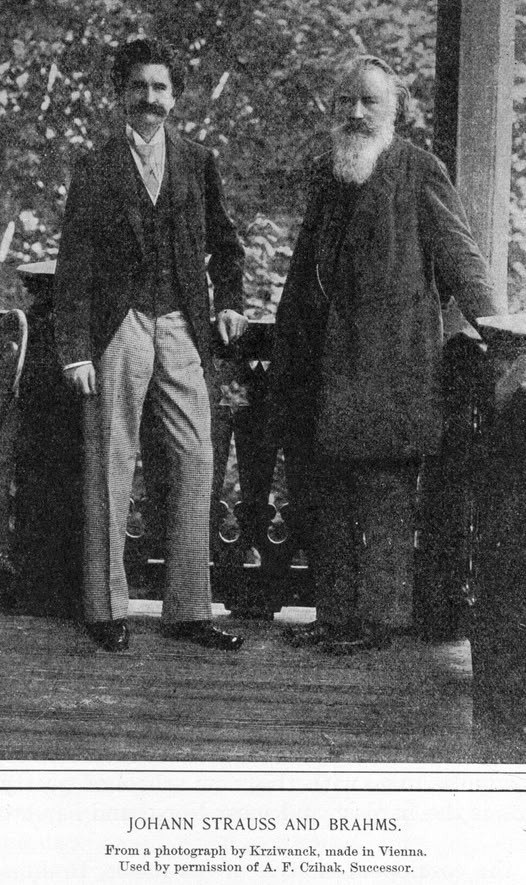
Johannes Brahms and Johann Strauss II
The trio’s networking actually helped to cement an important business deal. Brahms had published with Simrock since 1860 and was good friends with him.
In 1889, Strauss also signed a three-year contract with Simrock, promising to publish with him exclusively.
Unfortunately, the Strauss/Simrock relationship turned out to be rockier than the Brahms/Simrock one.
“To sign a contract with Simrock is to sell oneself to the devil,” Johann II wrote to his brother Eduard in 1892.
6. Simrock wanted Strauss to go on tour in America. Strauss balked…and Brahms backed him up.
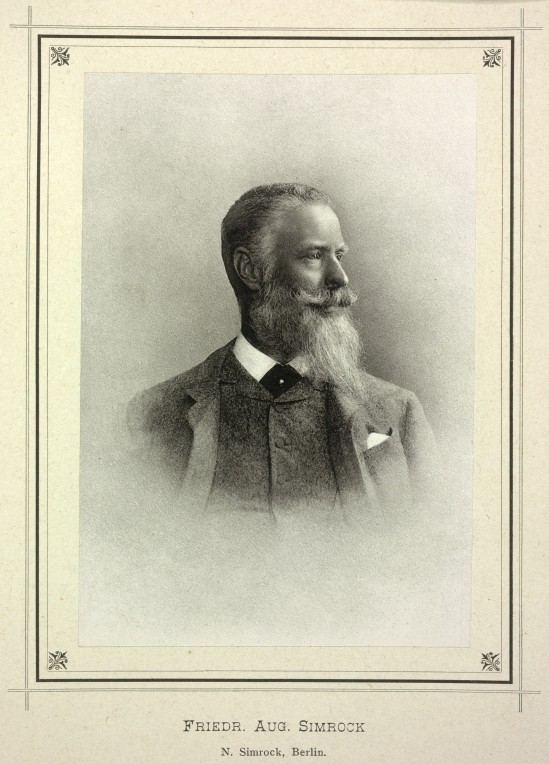
Fritz Simrock
Strauss wrote an amusing letter to Simrock in November 1891:
That you wanted to send me to America to relax me there – well, indeed! Are you a friend to me? Brahms reckons the 120,000 Fl. are very acceptable, but not the journey!! Nothing but collisions! There is too much mist on the sea. I prefer the mist in which we live!
7. Strauss dedicated his waltz Seid Umschlungen, Millionen (Be Embraced, You Millions!) waltz to Brahms.
“Seid Umschlungen, Millionen”
The title of the waltz comes from Schiller’s Ode an die Freude (Ode to Joy), which was famously set in Beethoven’s Ninth Symphony.
Perhaps it was a wink to the fact that Brahms’s first symphony had been nicknamed “Beethoven’s Tenth.”
8. Brahms loved eating at Strauss’s house.
Strauss wrote in a letter:
The day after tomorrow [music critic Eduard] Hanslick, Brahms dine with us. These two men want to be fed well! Trout, crab, duck and roast goose, two kinds of sweet, and various sorts of wines, among them Goulet!!
Brahms was completely enchanted. He wrote to Simrock:
Ah, the evenings with Strauss! And his wife! And the champagne! And the waltzes!
9. Brahms enjoyed more than the food at Strauss’s house…
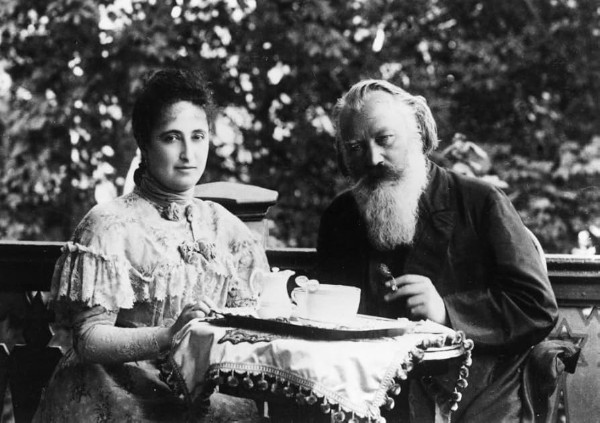
Adele Strauss and Johannes Brahms
Brahms enjoyed being around pretty women, and he enjoyed spending time with Strauss’s much younger wife Adele, her twin sisters, and Adele’s daughter Alice.
Adele and Alice collected autographs and musical inscriptions from various famous composers and performers.
Brahms gave his most famous to them: the notes to the opening of the Blue Danube with the affectionate caption “Lieder nicht von Johannes Brahms” (“unfortunately not by Johannes Brahms”).
Alice invited Brahms to be the best man at her wedding, but apparently, Brahms declined because he didn’t want to wear a formal suit, top hat, and gloves.
10. Brahms liked the pictures of him with Strauss on Strauss’s veranda.
These were a surprise gift from Adele, who hired a photographer to capture a moment of friendship between two giants of the classical music world.
For more of the best in classical music, sign up for our E-Newsletter

